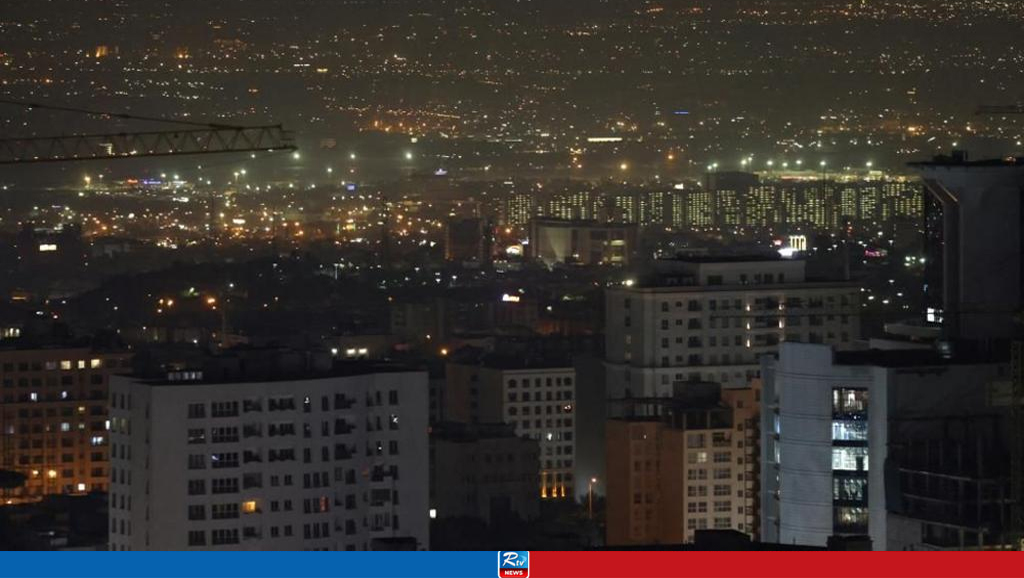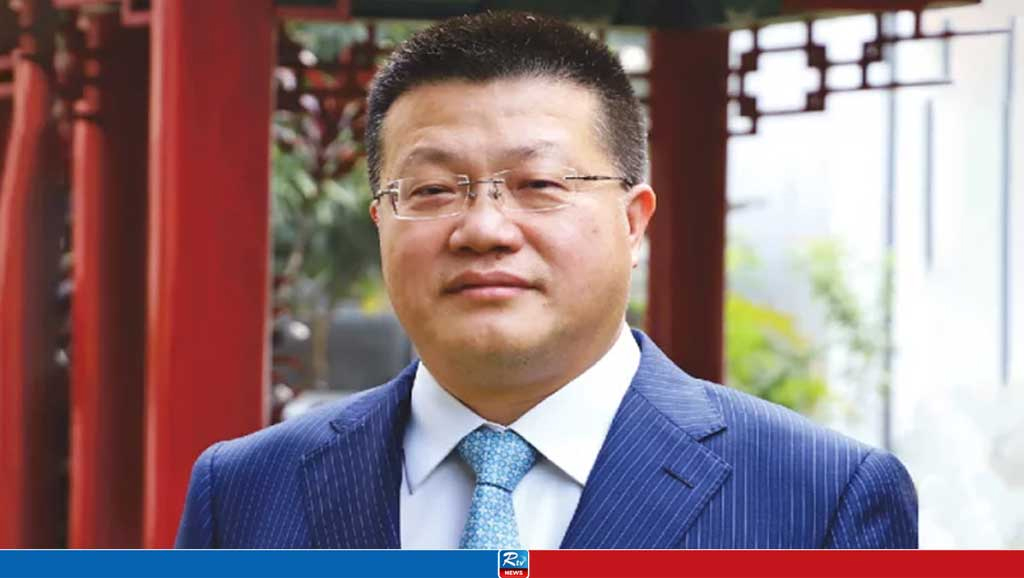Great Wall restoration teams uncover trove of secrets

Latest technology identifies construction techniques to better protect iconic structure, Yang Feiyue reports.
Archaeology has played an increasingly important role in understanding the Great Wall that stretches across the rugged landscapes of northern China, experts agreed at a recent seminar, which is a reflection of the country's increasing focus on the Great Wall protection.
In May, President Xi Jinping called for continued efforts to protect the Great Wall, promote its culture and pass on the precious heritage to future generations.
Xi made the remarks in his reply to a letter from residents in Shixia village at the foot of the Badaling Great Wall. The letter recounted their work in protecting the Great Wall and changes taking place in the village.
Xi noted that the Great Wall is a representative symbol of the Chinese nation and an important symbol of Chinese civilization. Since the 18th CPC National Congress in 2012, Xi has attached great importance to tapping into the cultural value of the Great Wall and the conservation of its cultural relics, and has given multiple important instructions on advancing the construction of the Great Wall National Cultural Park.
A dozen projects have been conducted on the sections of the Great Wall in Beijing, with most of them in Huairou district in the northeast of the capital city and Yanqing district in the northwest, says Shang Heng, associate research fellow at the Beijing Institute of Archaeology at the seminar in Beijing's Huairou district on Friday.
Related studies have shed light on the Great Wall's architectural form and construction techniques.
'For example, although certain sections of the Great Wall are not very long, they employ a variety of construction methods,' Shang says.
'In steep mountainous areas, the technique involved chiseling the mountain into a staircase shape. In gentler areas, foundation trenches were dug. In some places, soil was used to create a base,' he adds.
Source: CD
Comments
Taiwan 'Will Not Yield an Inch' of Land, Lai Says

Israel's Attack: All Flights from Iranian Airports Suspended

Israel Announces End of Attacks on Iran in Face of Resistance

19 Killed in Passenger Bus Accident in Mexico

Tropical Storm Trami Claims 126 Lives, Hundreds Missing in Philippines

Elon Musk Reveals Tesla 2025 Motorhome for UNDER $17,000

China Vows Countermeasures after US Arms Sale to Taiwan


 Live Tv
Live Tv



